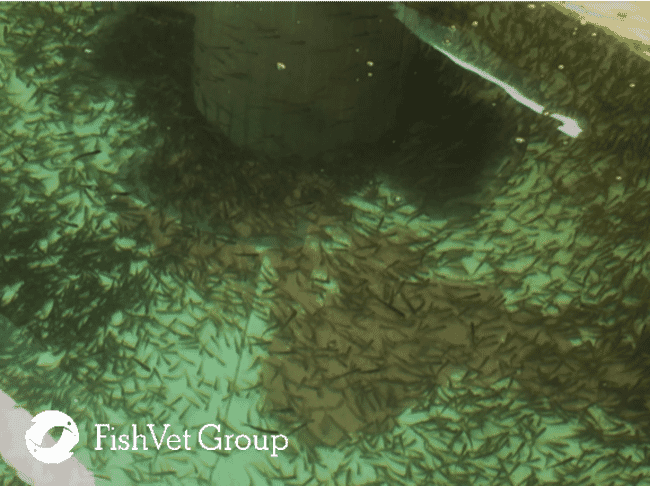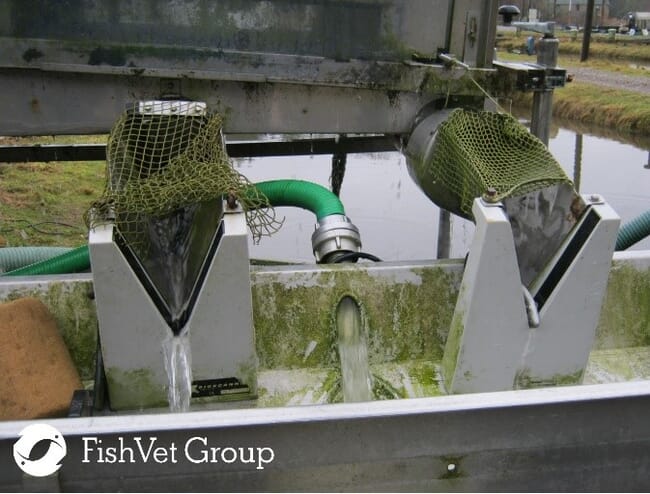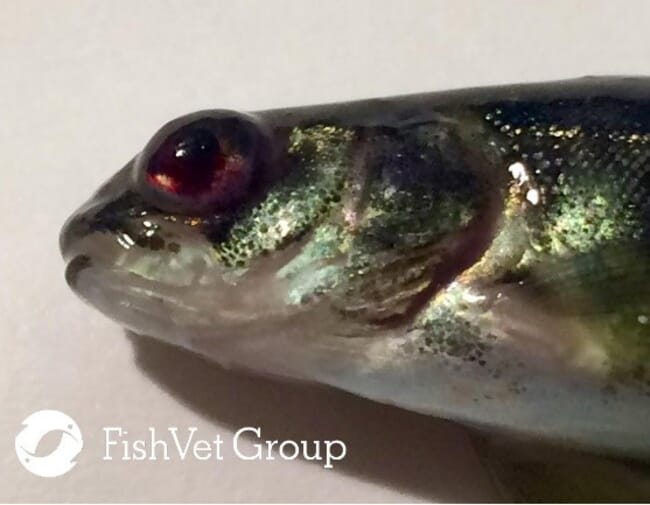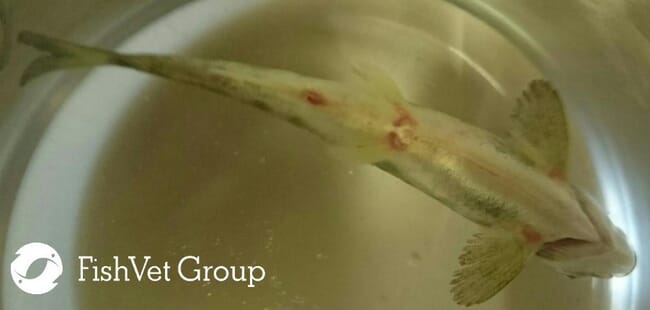Enteric redmouth disease (ERM) is usually thought of as a freshwater disease of salmonids, though seawater cases are occasionally reported following transfer of Atlantic salmon to sea. Anecdotal evidence suggests the number of such cases may have risen in recent years in regions where the pathogen is present.
Also commonly known as Yersiniosis, it has become a major constraint to the expansion of salmonid culture worldwide, affecting both Atlantic salmon (Salmo salar) and rainbow trout (Onchorhynchus mykiss). The disease is caused by the pathogen Yersinia ruckeri, a gram-negative bacterium with tropism for the gastrointestinal tract. Bacteria from the genus Yersinia are agents of invasive human and animal diseases (for example, Yersinia pestis, the causative agent of the bubonic plague; Yersinia pseudotuberculosis or Yersinia enterocolitica, causative of important animal-origin food poisoning outbreaks in humans).

Although infections with Y. ruckeri have been reported in many freshwater fish species, including European eels, sturgeon and carps, salmonids seem to be more sensitive to this bacterium and prone to suffer disease outbreaks, especially in young life stages, leading in the worse cases to significant mortalities and economic losses for the industry.

ERM transmission
Transmission of the disease is mainly by direct contact with infected fish. The possibility of a carrier state has also been identified, where asymptomatic fish carry the bacteria in the lower intestine and whenever any stressful situation occurs, the disease outbreak takes place. Infected fish can shed the bacteria to the surrounding water through their faeces, and these can survive up to several months on surfaces and sediments in form of biofilms, which are source of recurrent infections. Therefore, optimisation of hygiene in the facilities is essential to reduce the bacterial load in the environment.
Identifying ERM
Yersinia ruckeri is associated in fish with acute septicaemia, where the bacteria invade the bloodstream along with their toxins. Signs are therefore unspecific and these are initially seen as an increase in mortalities above the normal rate, fish swim near the surface or in the edges of the unit, showing darkening and poor feeding response.

Common features include exophthalmos (“pop-eye”) with blood spots in the eye, haemorrhagic congestion of fins, pale gills and vent distension. The presence of vascular lesions (hyperemia, ecchymotic haemorrhage) around the mouth are classic signs of this disease, although these are found infrequently.

Clinical signs of ERM
Many bacteremias and viremias encounter oral congestion and haemorrhages, in addition to poor water quality conditions, therefore the diagnosis of the disease cannot be concluded exclusively based on the clinical signs. These include the isolation of the bacterial pathogen from samples of spleen or kidney in generic freshwater agar based media like tryptone soy agar (TSA), and the species confirmation can be made by phenotypic profiling or molecular assays as PCR. Further histological examination can provide evidence of the level of infection in the fish organs and tissues and the degree of circulatory collapse.

Preventative measures
Prevention measures are essential to control ERM. Vaccination has helped to control the significant mortalities due to ERM, especially those that act against several biotypes of Y. ruckerii (or polyvalent vaccines). Monovalent vaccines have been developed to control the disease in areas where specific bacterial strains are more prevalent than others, based on epidemiological studies of bacterial populations in fish farms.
Treatment relies mainly on in-feed oral use of antibiotics, including routinely used amoxicillin, oxolonic acid and florfenicol. Since in vitro testing has shown rapid resistance development against several antibiotics, considering the limited availability of antibiotics in fish medicine it is highly recommended to carry out antibiotic sensitivity testing to check the ability of the specific bacterium strain to survive in the presence of the antibiotic in question and alleviate the growing drug-resistance problem.


